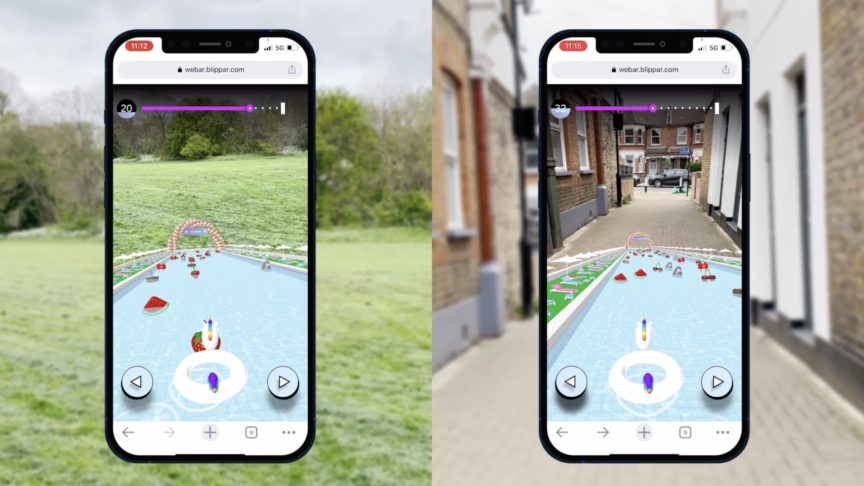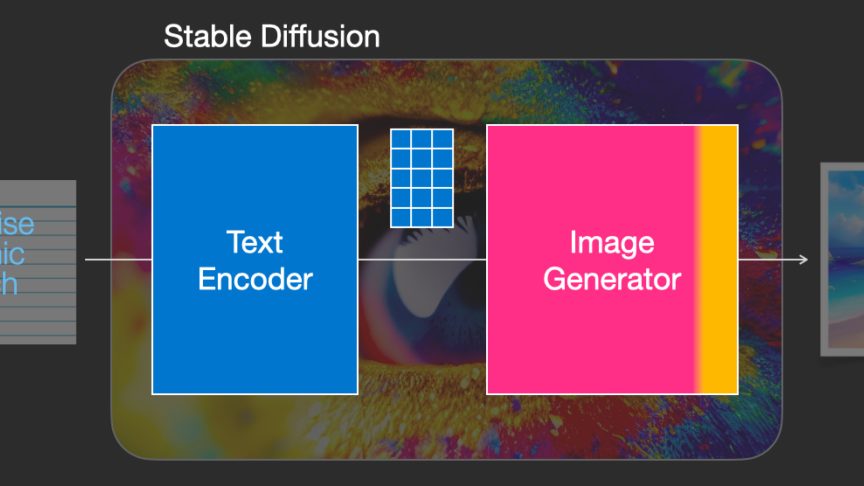Marketing in a Mobile-First World - Weekly Mash-Up 175
March 10, 2017
Marketing in a Mobile-First World - Weekly Mash-Up 175

How to Market More Effectively in a Mobile-First World
Advertising Week
Although several marketers talk about being “mobile-first”, not many are actually “walking the walk”. Several brands have been winning awards that recognise mobile innovation and mobile media strategies, but according to Travis Johnson, global CEO of IPG Mediabrands’ Ansible, he argues that they neglect the fundamental underpinnings that enable dynamic mobile experiences. To truly impress and retain customers, not only must marketers incorporate innovative technology like 5G, virtual and augmented reality, but they must have a firm grounding in the fundamentals. Read more

Harry Potter robotics master lets a hyper realistic leopard on the loose in London
Mashable
John Nolan, animatronics expert best known for creating the terrifying baby Voldemort for the Harry Potter series, has teamed up with National Geographic for Big Cat Week to create the world's first hyper-realistic leopard. The giant animal robot is 1.3 meters tall and has over 40 moving parts. The aim of the exhibition is to emphasize the erosion of natural habitats in places like Mumbai. "Just like we have foxes roaming around here at night, the loss of habitat has left leopards no choice but to share territory with humans, which is placing the animals at growing risk," Nolan said. Read more

Can Virtual Reality Help Us Develop Real Empathy?
Huffington Post
Psychology research has indicated that human interactions are unique because of a neurological overlap in our understanding of the self and those closest to us. Our brains don’t differentiate—our loved ones’ emotions affect us the same as our own. In an effort to create a deeper sense of empathy for those enduring catastrophic life events, like conflict and famine, virtual reality is key. The immersive quality of this technology leaves an indelible mark on users in a way that still images don’t. Read more

Humans control robots with their minds by watching for mistakes
New Scientist
With the ongoing debate and worries on how AI robots will take over human jobs, researchers at MIT have come up with an innovative middle ground. Using EEG technology, a person’s brain signals is measured whilst watching a robot perform a task. When it detects a signal suggesting the person has witnessed a mistake, it alters the robot’s course. The system could be used to let humans control industrial robots simply by observing them. Read more


